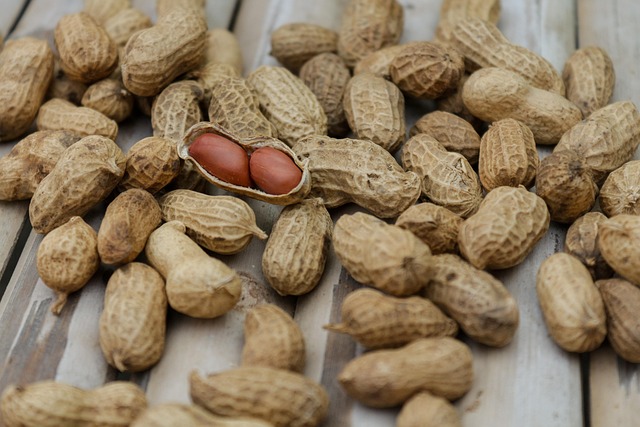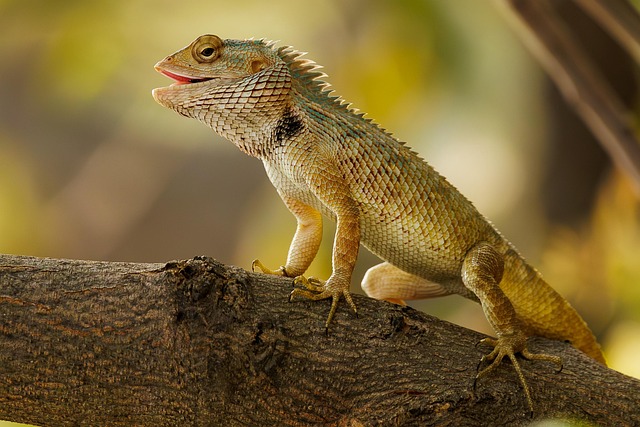
Nourishing Reptiles: Unveiling the Secrets of Optimal Nutrition in the Wild
When we think of reptiles, our minds often conjure images of sun-soaked rocks and vibrant jungles, where these magnificent creatures roam and thrive. What many don’t realize is that the secret to their survival lies deeply rooted in their nutrition. Understanding what nourishes reptiles in the wild brings us closer to appreciating their role in the intricate tapestry of nature.
Reptiles, from the smallest chameleon to the largest crocodile, have unique dietary needs that align perfectly with their natural habitats. In the wild, these cold-blooded creatures have evolved to consume specific types of food that not only sustain their energy levels but also optimize their health. Each species exhibits distinct foraging strategies, which directly influence their nutrition. For instance, while some may indulge in a feast of insects and small mammals, others might exclusively graze on plants or fruits. This fascinating variety is essential for maintaining balanced ecosystems.
The vibrant tapestry of nature provides a diverse smorgasbord of nutrients necessary for reptiles. Insects such as crickets and grasshoppers are often primary food sources, packed with the protein and fats that reptiles need to grow and thrive. Meanwhile, herbivorous reptiles find their sustenance in the leaves and fruits that provide essential vitamins and minerals. Understanding these natural food chains sheds light on the interconnectedness of species and their environments. It’s a reminder that each organism plays a crucial role in the cycle of life, reinforcing the delicate balance that sustains our natural world.
Moreover, the wild offers reptiles not just food but an array of textures and flavors that enhance their dietary preferences. The nutritional value of their meals can be influenced by the season, habitat, and availability of resources. For example, during a rainstorm, insects may flood the ground, creating a feast for reptiles that may not be available during drier months. This seasonal shift shapes their diets, offering a practical lesson about adaptation and survival in the face of nature’s challenges.
This innate sense of how to nourish themselves is a testament to the wisdom of nature. By observing the behaviors and eating habits of wild reptiles, we can gain insights into how our own pets may require a varied diet to mirror the natural world. Recognizing the importance of nutrition in their lives not only enhances their wellbeing but also fosters a deeper connection between humans and reptiles—and by extension, a greater appreciation for the wildlife that surrounds us.
As we delve deeper into the world of reptiles, let us not forget the vital role that nutrition plays in their survival and happiness. Each creature thrives not simply on instinct but thrives as a masterful navigator of nature’s bounty. By understanding their dietary needs and the fascinating ecosystems they inhabit, we invite ourselves to connect with the pulse of the wild—the dance of life, where every meal is a reminder of the greater balance that sustains us all.



